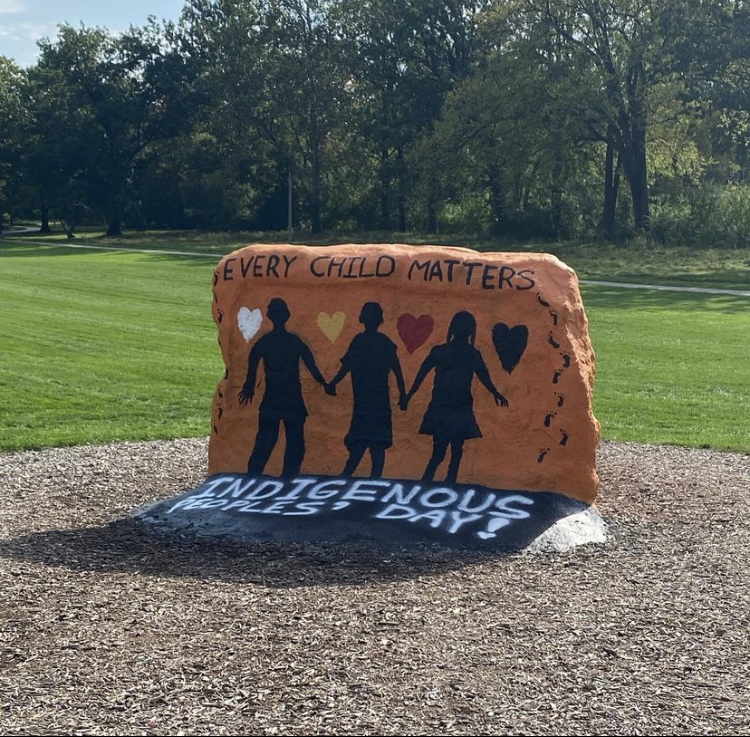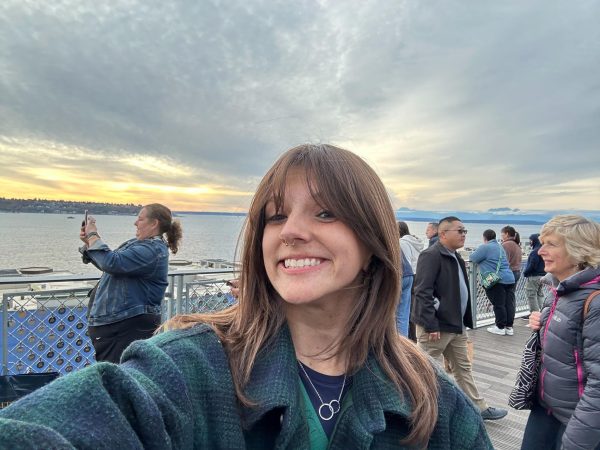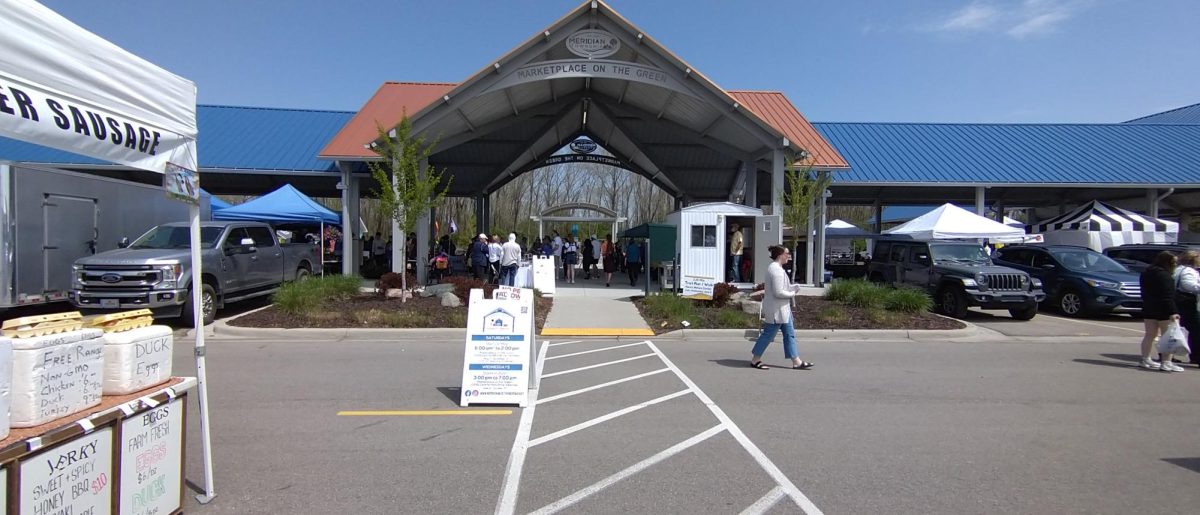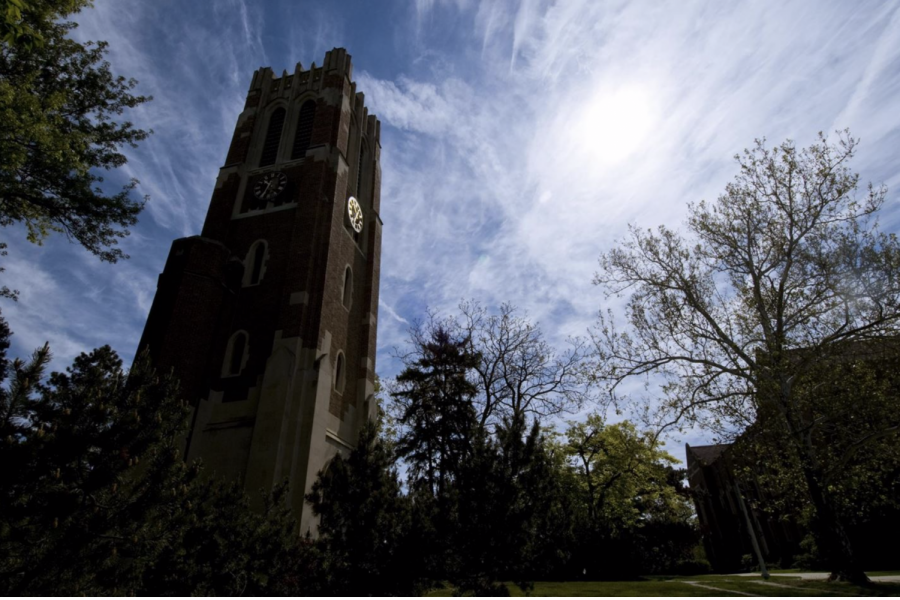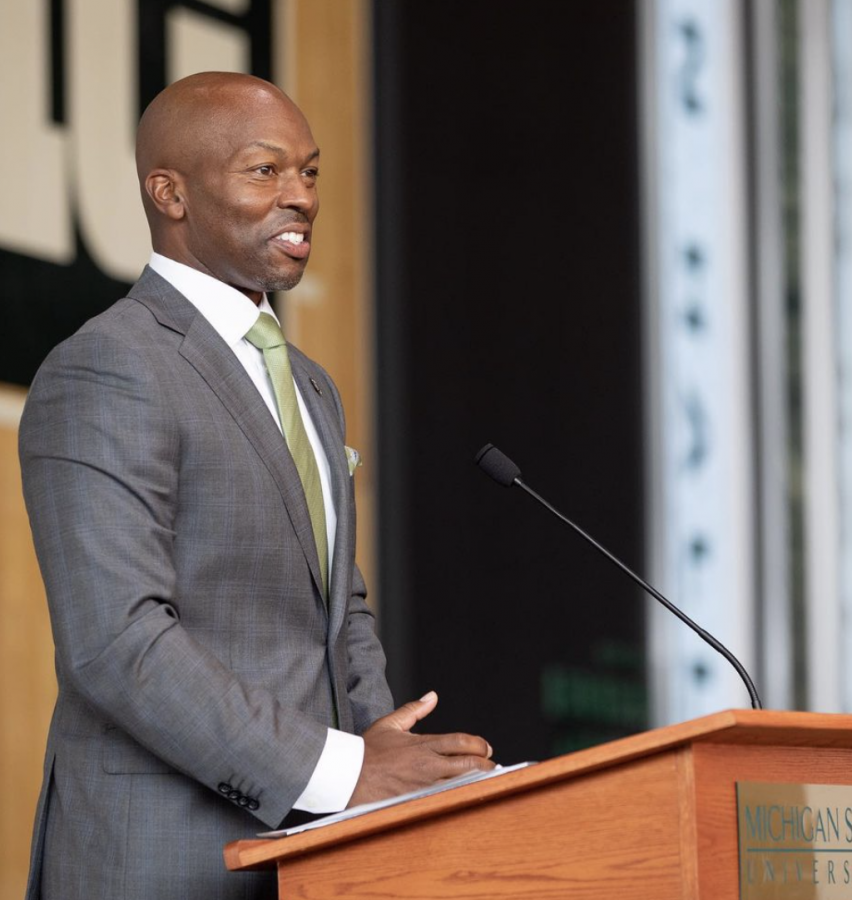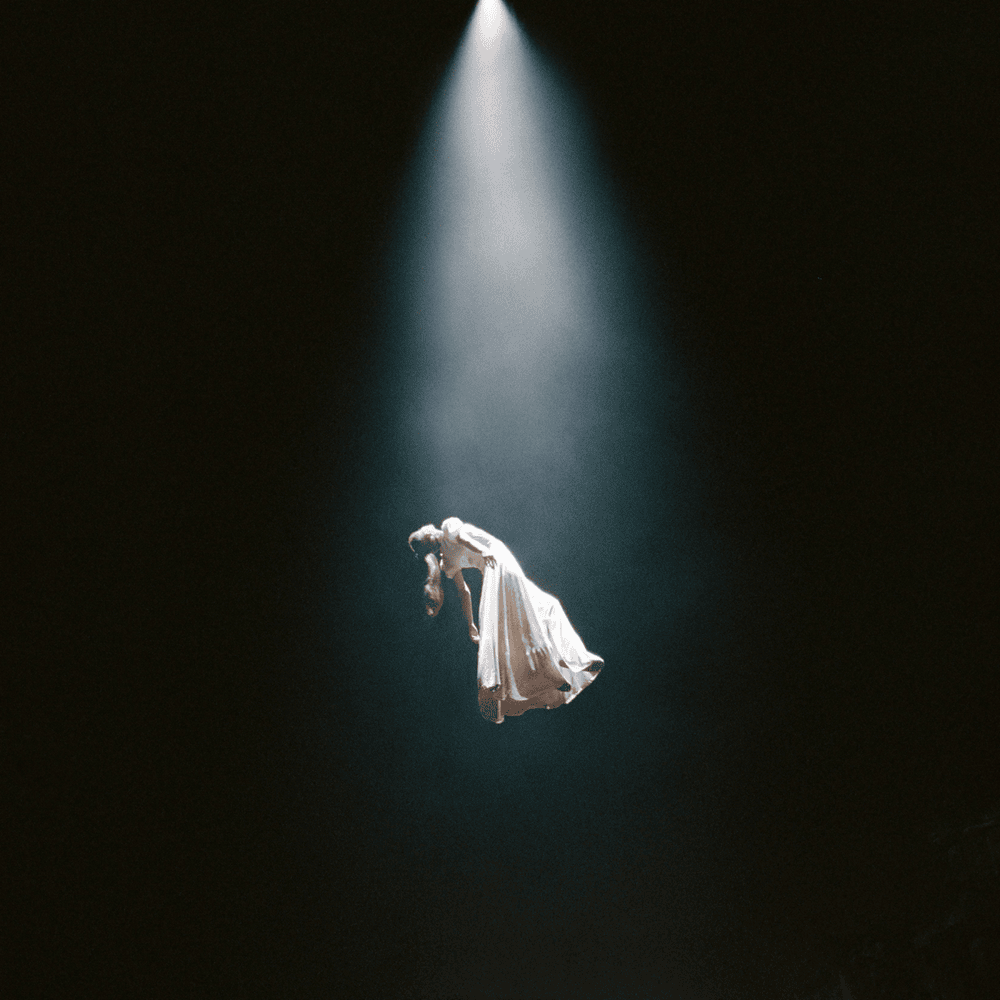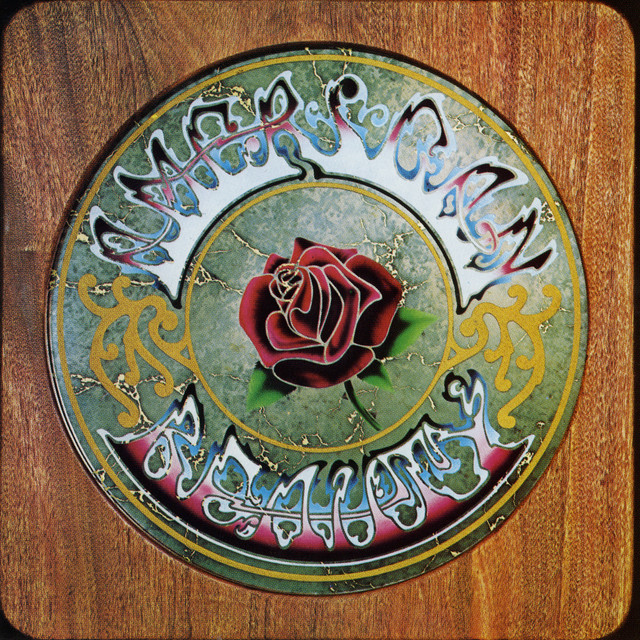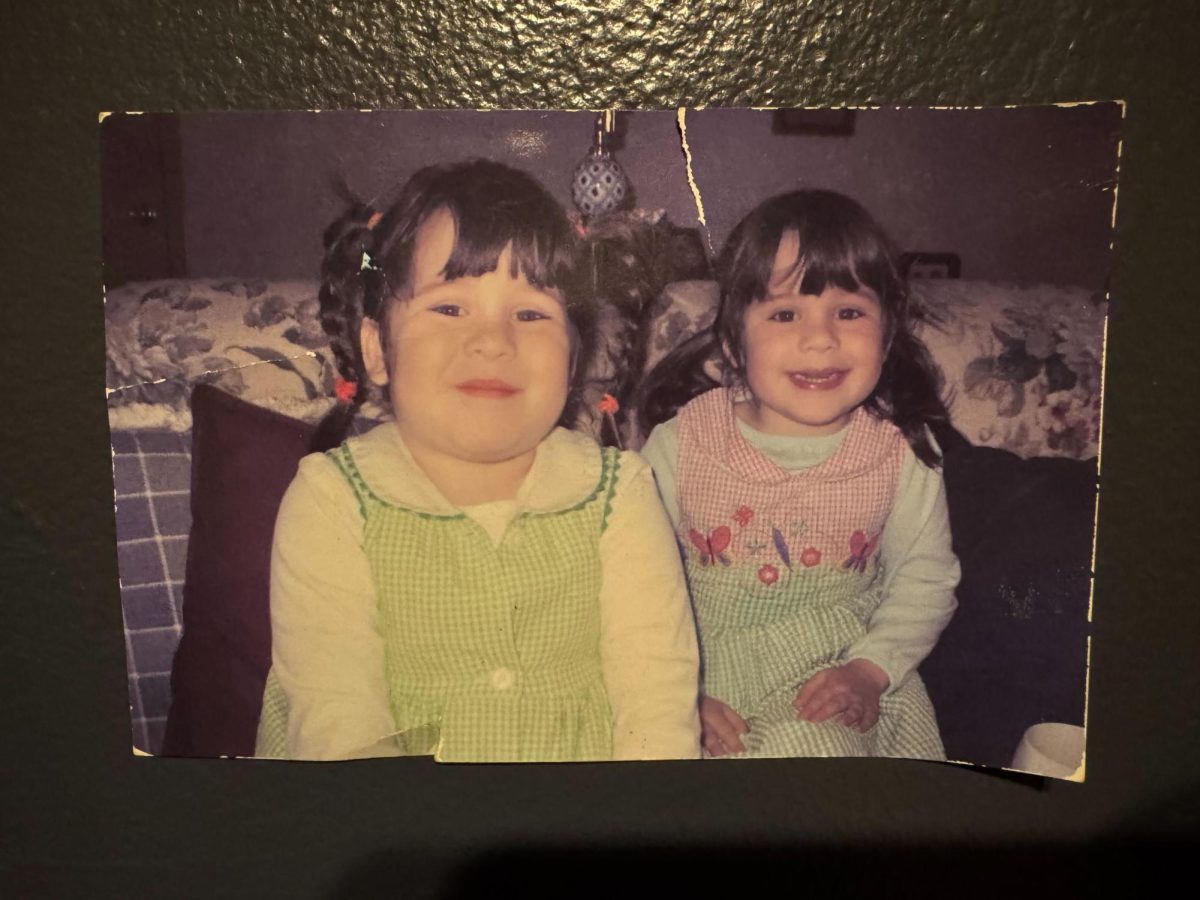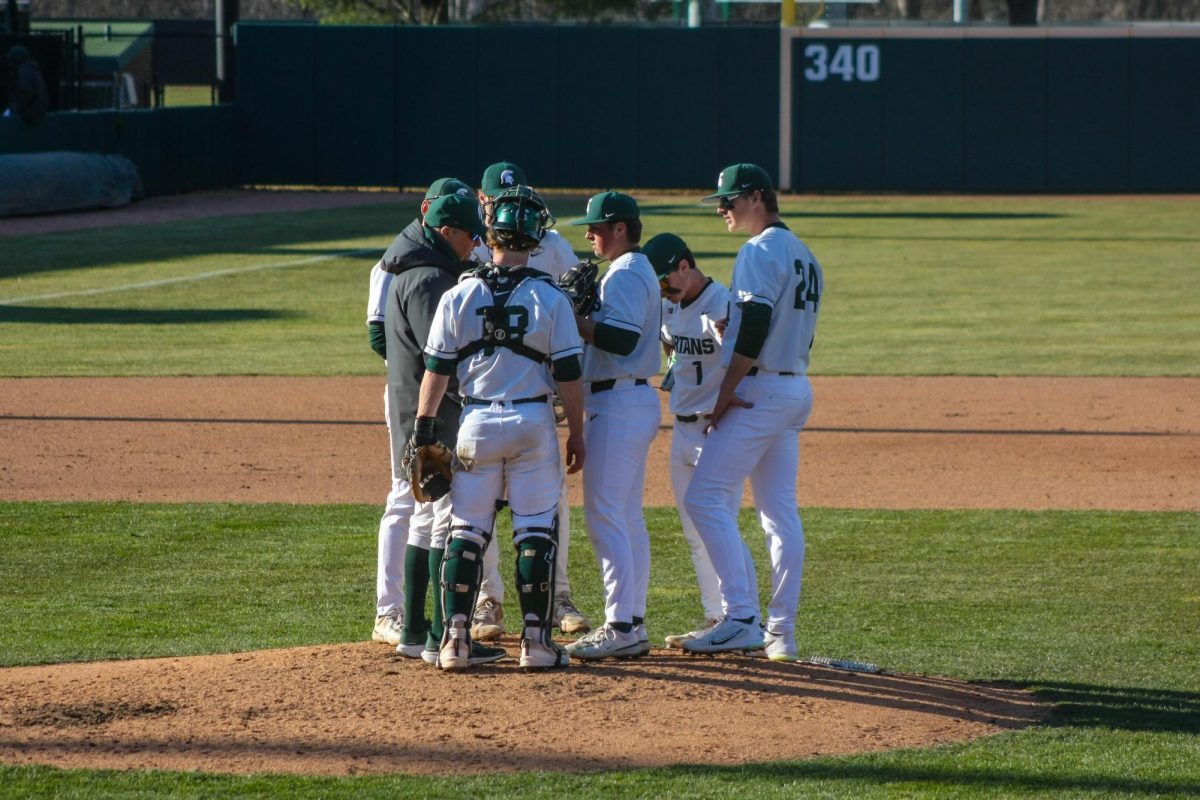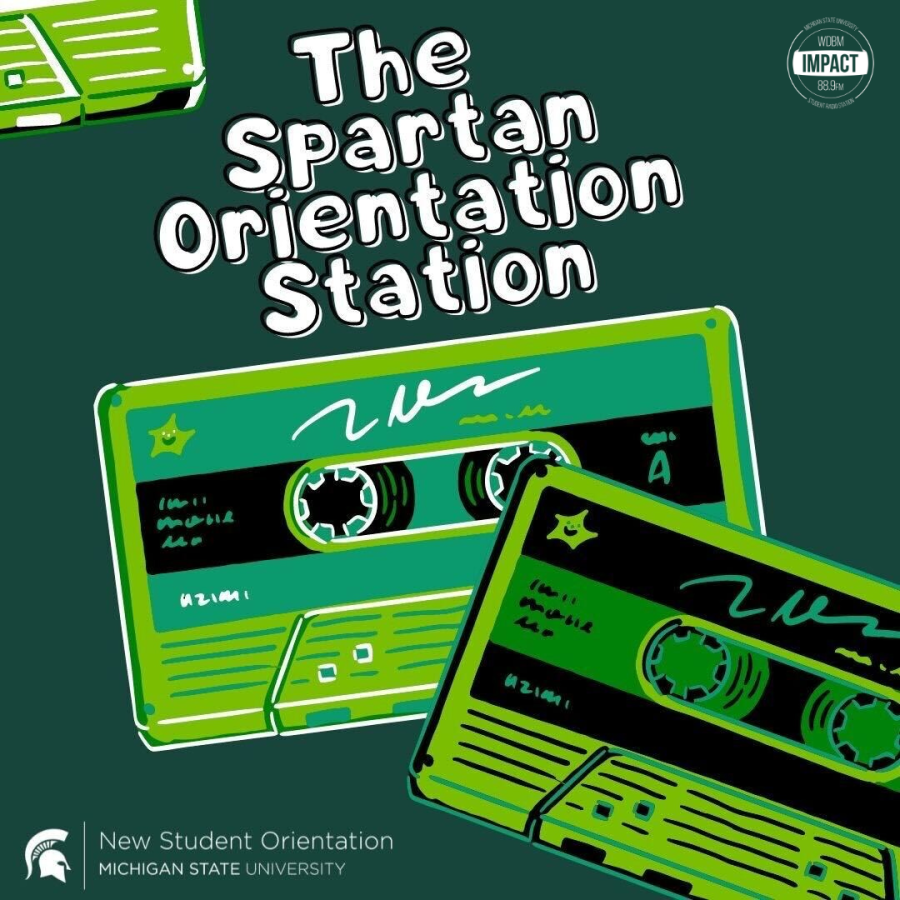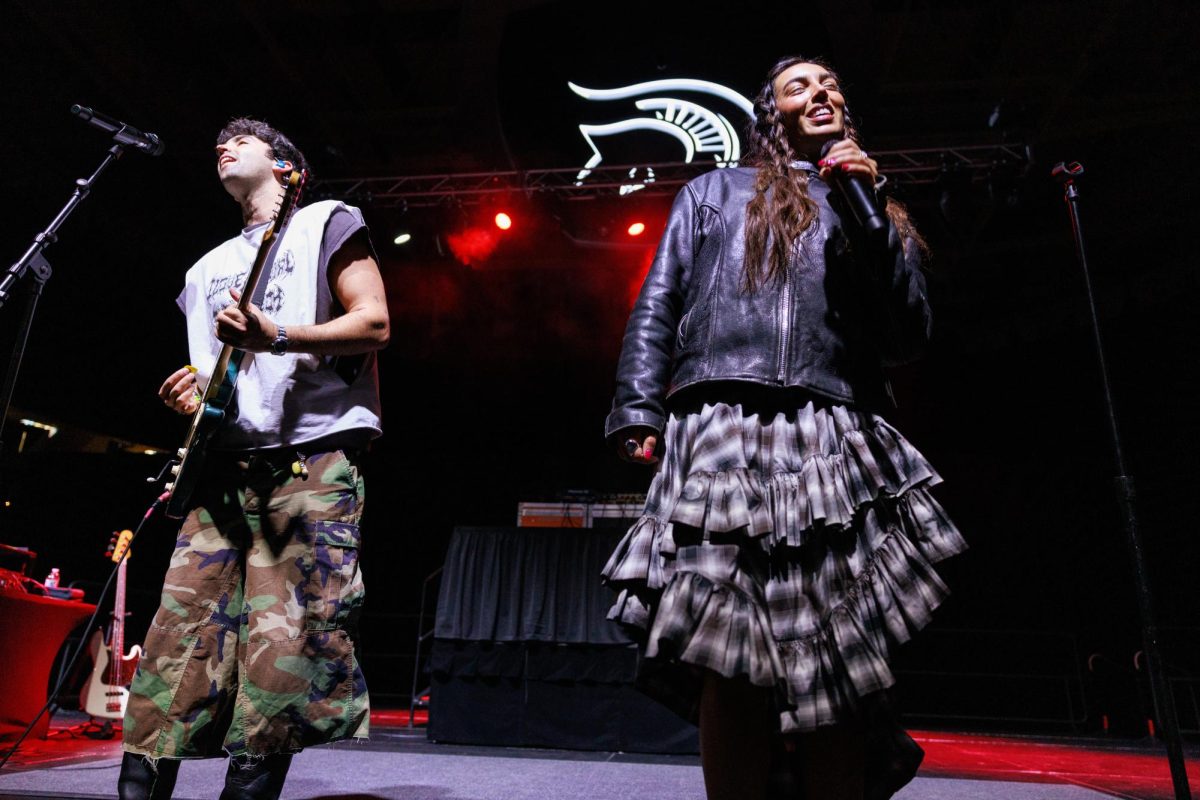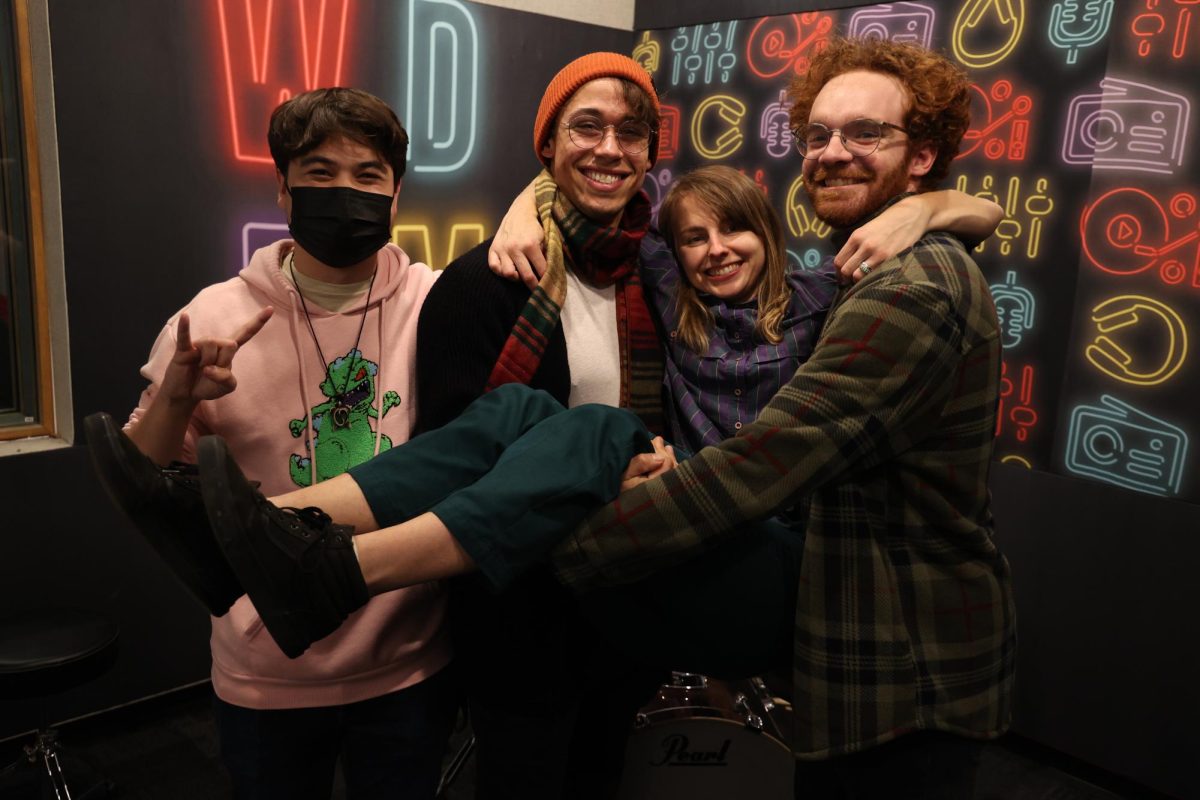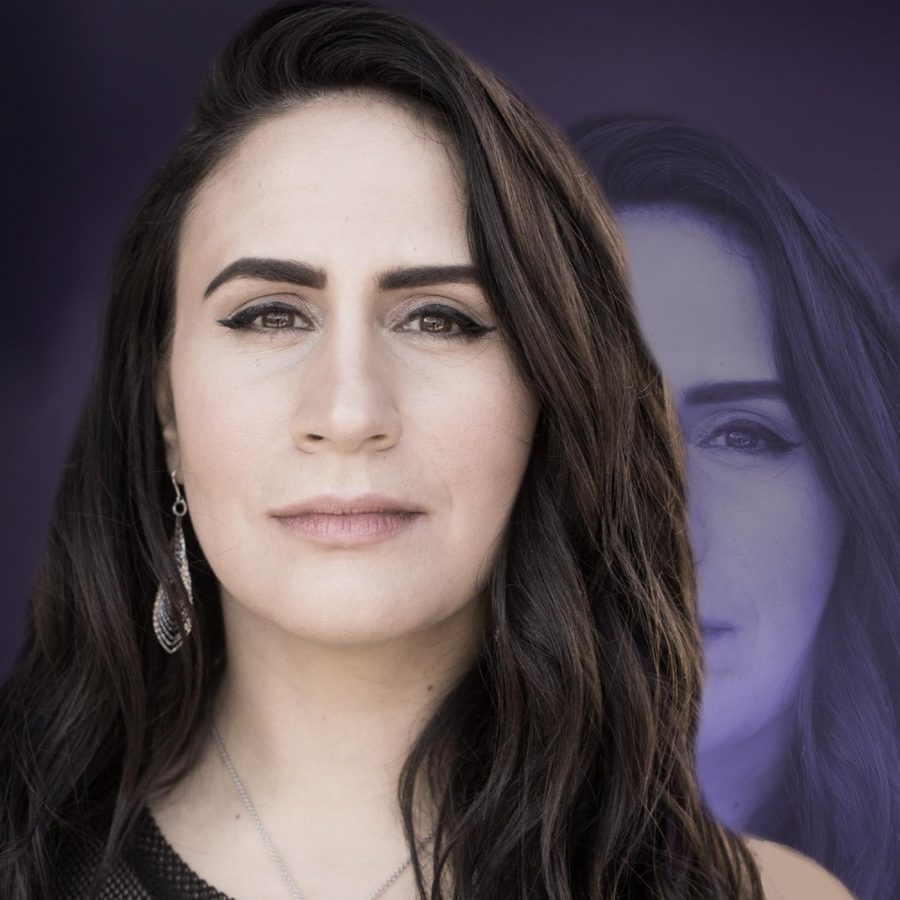“Every Child Matters” NAISO organizes celebration for National Indigenous People’s Day
October 11, 2021
EAST LANSING – The rock located off Farm Lane is layered with history of groups painting over it to raise awareness, advocate for organizations and to highlight art. This landmark has featured colors of school spirit to Transgender visibility day – it serves as a voice for the students. Monday morning, the rock featured children holding hands in black and orange.
“The organization who painted the Rock was the North American Indigenous Student Organization (NAISO)— an organization that aims to uplift and provide a community for Indigenous students at MSU. We often have cultural events and community building activities in order to provide a safe space for Indigenous-identifying students” says Roxy Sprowl (Anishinaabe name is Bezhigonoodinkwe), sophomore and citizen of the Red Cliff Band of Lake Superior Ojibwe. They are the Public Relations Representative for NAISO.
“The Rock design has many meanings.” They said, “First, the background was painted orange—which has become a symbolic color within Indigenous communities. It represents the orange shirt that was gifted to Phyllis Webstad, an Indigenous woman, and was subsequently stripped from her when she was put into a residential school.”
Sprowl said that the color orange was used to honor those who are impacted by the residential and boarding school systems in the United States and Canada. The silhouettes of children on the rock represent children who were stripped of their cultures because of these government issued boarding schools.
Sprowl said that these school systems were created with the intention of “mass assimilation” by “Killing the Indian, Save the Man.” This practice had negative repercussions on the Indigenous community for over a century.
Along with the silhouettes of the children, a phrase that reads “Every Child Matters” can be seen on the rock. This phrase is also a symbol used to remember the children and what was taken away from them. On the back of the rock there is a woodland floral design that represents Anishinaabe culture.
“Overall, the Rock design is symbolic of those impacted by residential and boarding schools and our historic and present-day resilience as Indigenous peoples.” says Sprowl.
“We made sure that when we were painting the rock, we went into it with good intentions and good thoughts so we could send good energy into the rock because we were painting a triggering concept on it for some people in our communities. Recognizing Indigenous Peoples Day is important in acknowledging that we are still here, and we’ve been here for hundreds of years. This day recognizes Indigenous peoples’ resilience and continued effort to reclaim our traditions.” said sophomore Neely Bardwell.
NAISO is one of the Council of Racial and Ethnic Student groups on campus. Gabe Gurulé is a junior and NAISO representative for ASMSU. He said, “Our group was formed in the early 70s to help address the needs of Indigenous students on campus, while helping them find a community on campus. These days we do our best to bring awareness to issues affecting Native communities while also hosting programming to connect us to our heritage, including beading workshops, our annual pow-wow, and making our own drums.”
“We are making progress for Native rights, but we’re still second-class citizens in many ways. Native Americans have one of the lowest rates of high school graduation, college enrollment and completion, some of the highest rates of substance abuse, and domestic violence. These are the legacies of colonization and the only way we can overcome them is by bringing attention to them. So, for those who care about these issues and who care about us, please show up every day to help us do the work—not just when it’s trendy or there’s a special day for it. It takes all of us to fight inequity and prejudice, not just in the Native community but everywhere.” Gurulé said.
In the evening, NAISO and others gathered at the Beaumont Tower and marched to The Rock at Fairchild Auditorium. The event featured prayer, readings of the MSU Land Acknowledgement and speeches from multiple Native Americans.
“We carried signs and chanted when we got here. We first had a greeting song and prayer which was really nice. We passed around Tobacco ties and sage blessings to spread good energy. We had a few speakers and elders, ” said freshman Zadeok Milner. “It is very important to me as an indigenous person and my culture. You don’t see a lot of it, we don’t get seen. We are kind of a rarity, even on campus. This is our land and it’s a land grant organization. Just to have one day or event that is indigenous focused, it is really impactful and it makes me feel like my culture is not invisible.”



